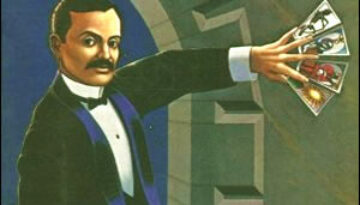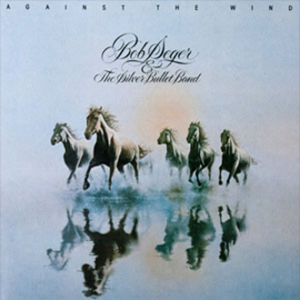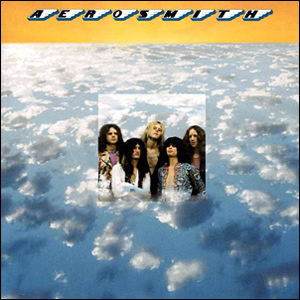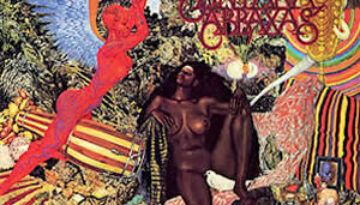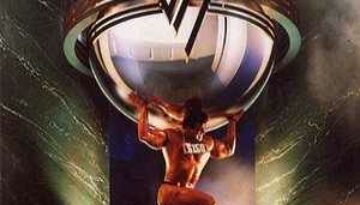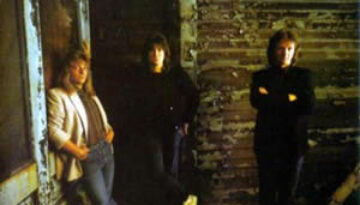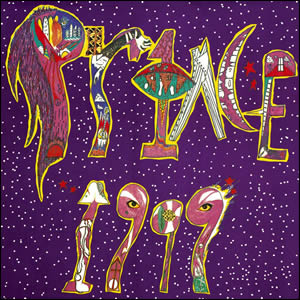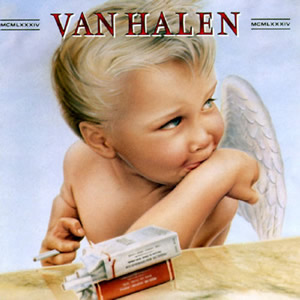Agents of Fortune by
Blue Oyster Cult
Buy Agents of Fortune The most commercially successful album of the group’s career, the platinum selling Agents of Fortune is a diverse and interesting (albeit a bit incohesive) album by Blue Oyster Cult. […]

